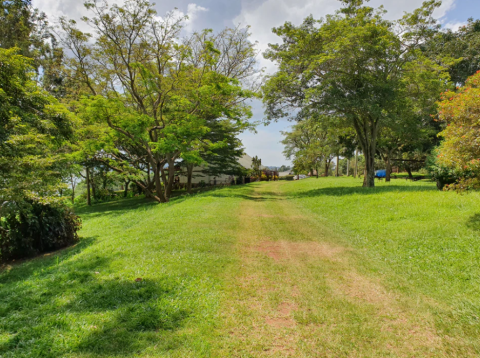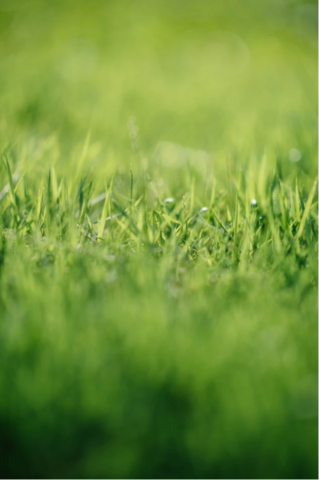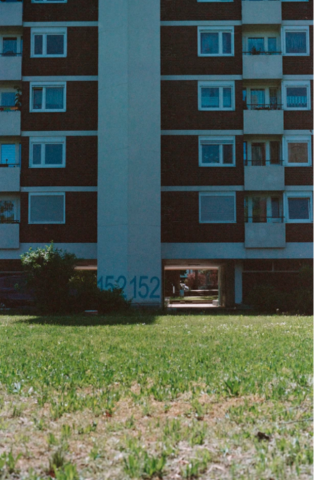Is your lawn looking brown in places?
Here’s 3 reasons why and how to fix it.
Does your lawn have inconsistent green and brown patches but aren’t sure what could be causing the problem? Although lawn beetle infestation might be the problem, several other factors might be to blame as well. Outlined below are some of the most common causes of brown spots and how to fix them.

1. Lack of enough water
Lack of enough water is one of the most common causes of brown spots on a lawn. This usually happens if certain parts of the lawn don’t get water at all, causing the grass to start drying out. This condition is quite common with reticulated lawns, where some of the sprinklers are malfunctioning or don’t spring into action.
Patty Leglise of Wayne’s Landscaping emphasises the need to keep your lawn hydrated.
“Our lawns are much like ourselves, they need water to survive. Keeping your lawn in good condition is quite easy, especially if your lawn isn’t a large one.”
Patty Leglise of Wayne’s Landscaping
Some of the reasons your lawn might not be getting enough water include the sprinkler run times and the sprinkler layout.
Your sprinklers should provide at least 10mm of water for your grass in each cycle. That said, some sprinklers will take a short time to achieve this, with others taking significantly longer depending of the flow rate.
The layout of the sprinklers might also be the reason for insufficient watering and brown spots. So as a rule of thumb, the sprinklers should be set to provide head-to-head coverage. Therefore this means each sprinkler should throw water all the way to the base of the adjacent and opposite sprinkler head. The result is what many like to call overlapping applications, this ensures the entire lawn area is well watered with no underwatering or over watering in certain areas.
2. The grass is too long
Overgrown grass might be the reason for brown spots in the lawn too. The grass blades block the sprinkler spray, reducing its radius significantly.
The simple solution for this is to mow your lawn more often to prevent the grass from overgrowing.
Telecommunications mogul Neil Royle says that regular mowing can even be a source of joy.
“Getting on the mower every Sunday is the easiest way to ensure your grass never gets too long. It only takes out 30 minutes of your week to make sure your lawn is in good condition, and it’s not all that bad. It ensures your grass stays at a constant height that won’t be too short or too tall.”
Neil Royle
You might also want to consider installing a taller pop for your sprinklers, say 100mm, if you don’t mind the tall/long grass. The taller pop will help ensure water is evenly distributed across the lawn hence an even green lawn.

3. Lawn Maintenance
Proper and regular maintenance is the key to a lush green lawn.
It would be wise to set the lawnmower to the correct height to avoid scalping the grass. Mowing to the correct height also means the light will penetrate, thus green and healthy lawn.
Mowing the lawn at least once per week can also help prevent overgrowths leaving it greener and healthier.
Experts recommend mowing not more than 30% of the grass, as doing so could stress the grass leading to their untimely death.
In addition to mowing, the grass should be replenished with nutrients to help support healthy growth. It would be best if you made a habit of applying high-quality lawn fertiliser regularly. Be sure to apply lawn fertiliser (as recommended by the manufacturer) as soon as possible if the grass seems to be losing its lush green colour, therefor eliminating brown spots.
Keeping your lawn in good condition may seem like a difficult job, but it’s one of the easiest when you’re using a Walker Mower








